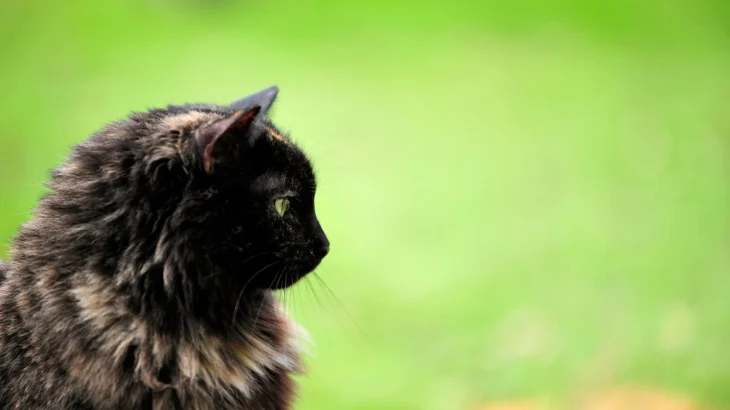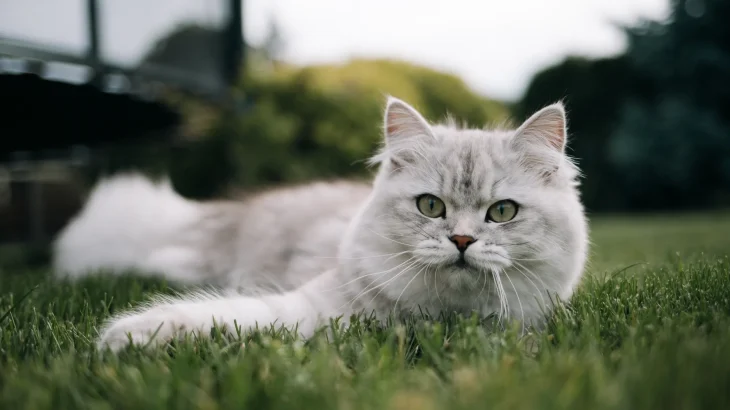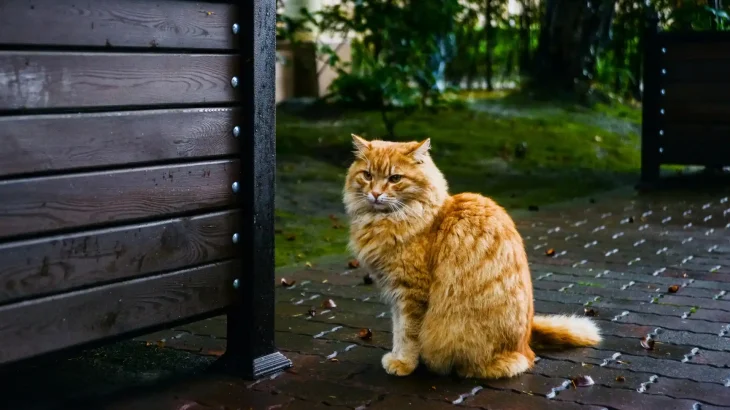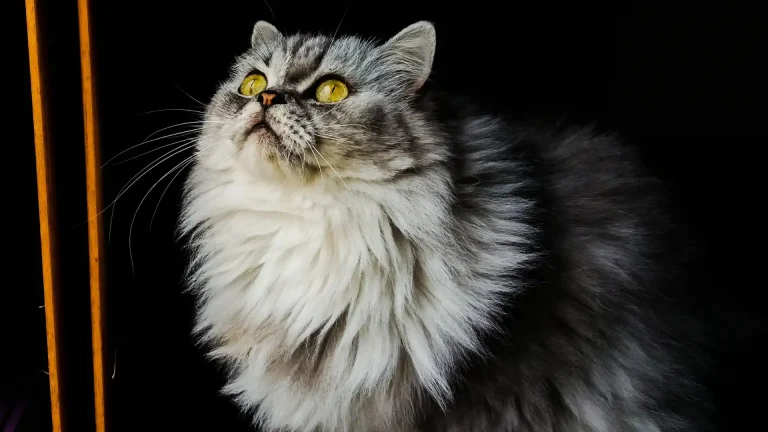When considering pet insurance for a German Longhair cat, it's a helpful way to manage unexpected vet costs. This breed, known for its long fur and calm nature, can face health issues like any cat. Insurance usually helps cover treatments for illnesses, surgeries, and sometimes liability. It provides peace of mind, but owners should understand coverage details and out-of-pocket expenses. Alternatives exist but may not offer the same protection.
Health and Surgery Coverage
Many policies cover emergencies, illnesses, and surgeries. For a German Longhair, issues like hairball blockages or skin allergies might require vet care. Insurance reduces these expenses but often excludes pre-existing conditions and routine care. Premiums and deductibles are ongoing costs. Without insurance, major treatment bills can be high.
Liability Coverage
Liability coverage protects owners if their cat causes injury or damage. For an indoor German Longhair, this is less crucial but valuable if the cat goes outside or visits other homes. Liability coverage can be an add-on, increasing premiums. It offers financial protection though claims may be rare.
Common Alternatives to Insurance
Some owners prefer an emergency savings fund to avoid premiums but risk insufficient funds for big expenses. Others use vet payment plans or credit options with interest risk. These alternatives provide flexibility but less upfront security.
What Is Normally Covered and Owner's Costs
Typically, insurance covers part of eligible vet bills after a deductible. Covered events include accidents, illnesses, surgeries, and hospital stays, sometimes medications. Preventive care like vaccines often isn't included unless with a wellness plan. Owners pay monthly premiums, deductibles, and co-pays, adding to costs.
Advantages and Disadvantages of Pet Insurance
Insurance offers financial security for unexpected costs, easing stress and encouraging prompt care. Downsides include premiums, coverage limits, and claim processing time. Owners may pay more in premiums than they claim if the cat remains healthy.
Scenario Illustrating the Importance
Imagine a German Longhair swallowing something toxic needing emergency surgery. Without insurance, bills could be very high, causing tough choices. Insurance helps cover costs so care happens quickly, easing worry.




















































